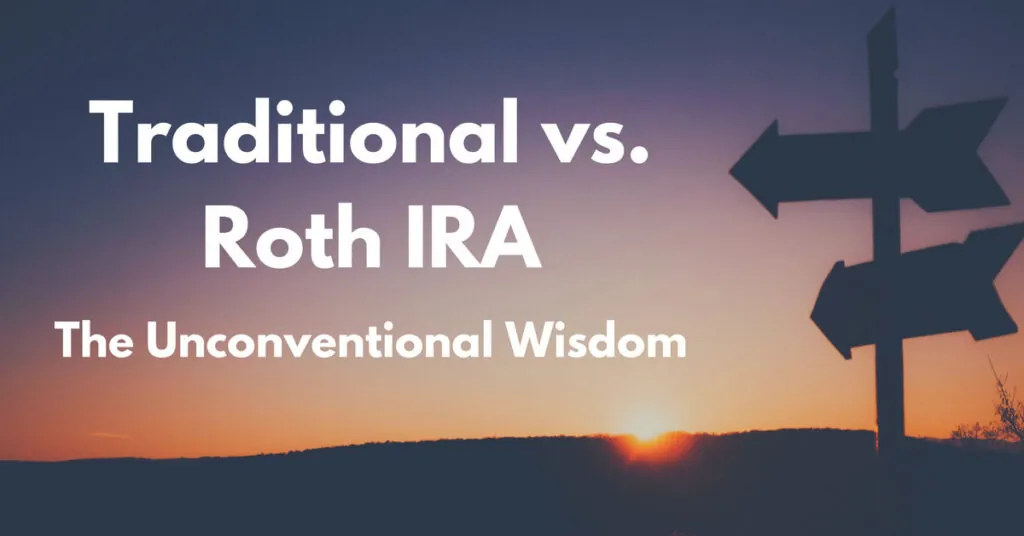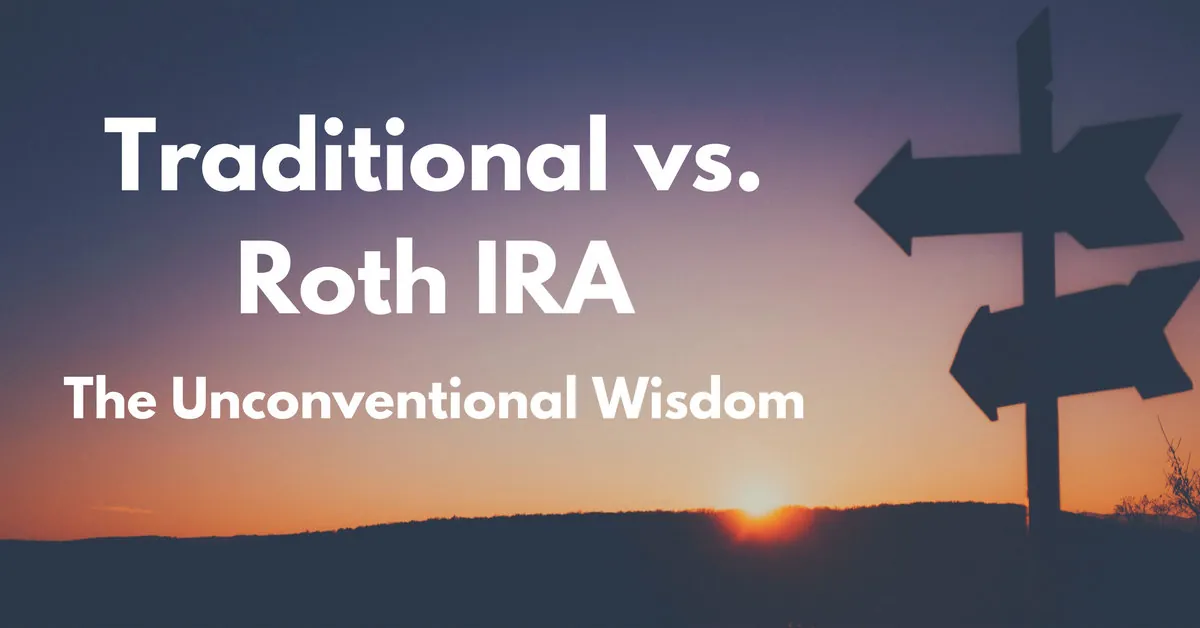When it comes to saving for retirement in a tax-advantaged way, investors face a key decision: Roth IRA or Traditional IRA? Both account types offer distinct benefits, but which path will ultimately result in higher net returns and lower lifetime tax bills? Let’s explore the core differences to determine the smarter choice for your specific situation.
Roth IRA: Tax-Free Distributions
With a Roth IRA, you contribute after-tax dollars, receiving no upfront deduction. The trade-off is that all qualified withdrawals in retirement are completely tax-free, including accumulated investment growth.
Since you’ve already paid taxes on the contributions, Roth distributions escape further taxation. This allows your money to compound and grow entirely tax-free over decades until you begin withdrawals in retirement.
Another key Roth IRA benefit is avoiding required minimum distributions (RMDs) during your lifetime. You can let the account continue growing tax-free for as long as you’d like, providing more flexibility than Traditional IRAs which mandate withdrawals starting in 2024.
Traditional IRA: Upfront Tax Break
In contrast, Traditional IRA contributions are made on a pre-tax or tax-deductible basis, reducing your current taxable income. This allows you to enjoy an immediate tax break today.
However, you’ll owe ordinary income taxes on all withdrawals from a Traditional IRA in retirement, including on amounts representing the tax-deferred investment growth over the years. RMDs also kick in 2024, so you’ll have less flexibility in managing withdrawal timing and amounts.
The Key Consideration: Tax Rates Now vs. Later
In deciding which IRA path is optimal, the central question is whether your marginal tax rate will be higher now or in retirement. Here are some key points to consider:
– If you expect your tax rate to be lower in retirement than your current rate, prioritizing Traditional IRA contributions may be advantageous to enjoy the upfront deduction while in a higher bracket.
– Conversely, if you anticipate being in a higher tax bracket in retirement, the Roth IRA route is often preferable. Paying taxes now while in a lower bracket locks in tax-free withdrawals later.
– Your current income, age, future earnings trajectory, and anticipated spending in retirement factor heavily here. Tax rates themselves may also change between now and retirement.
– Other situational factors like whether you qualify for deductible Traditional IRA contributions, income phase-out limits for Roth contributions, and whether you have access to employer plans also influence the optimal choice.
Hedging with Both Account Types
Since predicting future taxes with precision is difficult, many prudent investors deploy a diversified approach allocating funds across both Roth and Traditional accounts. This “tax diversification” strategy provides greater flexibility in retirement to draw income streams from taxable, tax-deferred, and tax-free sources based on prevailing rates and your overall tax situation year to year.
Of course, age restrictions and income limits apply that may impact your ideal contribution sequence. But maintaining this tax diversification and adapting contributions accordingly can meaningfully enhance net retirement dollars.
There’s no one-size-fits-all here – the ideal IRA strategy depends on your unique circumstances and making calculated assessments about future tax rates, income needs, and time horizon. This underscores the value of meeting with a qualified financial planner to model various scenarios and identify the retirement account mix best aligned with your personal goals.



















